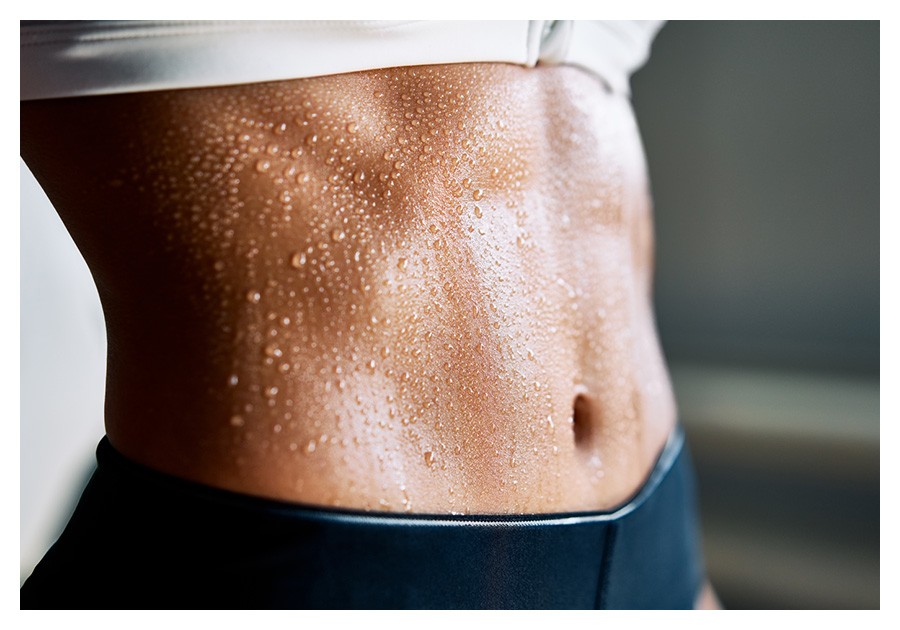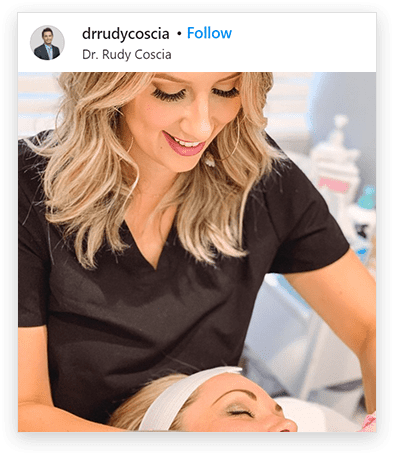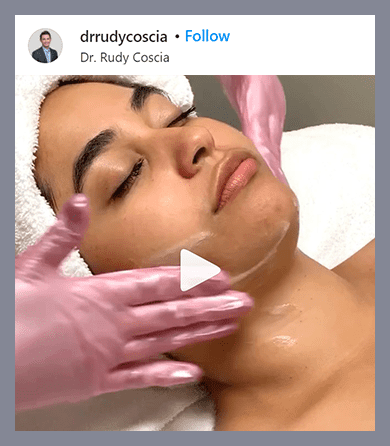 Are you planning on undergoing a breast augmentation procedure in the near future? You’re not alone – the procedure is very popular in the United States (over 300,000 are performed each year), with lots of great confidence-boosting benefits. For so many women, breast augmentation can help them feel more comfortable in their clothing or correct symmetrical issues that may have been present since puberty.
Are you planning on undergoing a breast augmentation procedure in the near future? You’re not alone – the procedure is very popular in the United States (over 300,000 are performed each year), with lots of great confidence-boosting benefits. For so many women, breast augmentation can help them feel more comfortable in their clothing or correct symmetrical issues that may have been present since puberty.
But the decisions don’t end with deciding that you want to undergo breast augmentation surgery. In fact, once you’ve booked the surgery, your next decision will involve the type of implants you want: Silicone or Saline.
Fortunately, your plastic surgeon can be a big help here. He or she will walk you through your breast implant options, as well as the advantages and disadvantages associated with each. But it always helps to be prepared, so here’s a quick overview of silicone vs. saline implants:
- Silicone Implants: These FDA-approved implants contain a silicone gel substance that’s used to give the breasts their newfound shape and size. Many women prefer silicone implants because they feel much more natural than other implant types, and even move in a way that mimics natural breasts.
However, one of the drawbacks of silicone implants is that it can be tough to detect ruptures should they occur. Since the silicone gel is so thick, it can take a long time before the breast begins to lose volume. This is why it’s recommended that patients undergo twice-yearly MRIs to check up on their silicone implants.
- Saline Implants: This type of implant is also FDA-approved and is a particularly popular choice with younger women, as they can be used at the age of 18 (silicone implants cannot be used until the age of 22). A major advantage to saline implants is that the incision that’s needed to place them is much smaller, meaning there are no obvious surgical scars. Saline implants contain a salt-water solution, so if the implants rupture, it’s immediately noticeable AND your body simply absorbs the solution.
One disadvantage to saline implants is that they don’t look or feel as natural as silicone implants. Thin women may want to avoid saline implants, as any rippling effects are noticeable.
Ultimately, the best type of implant for you depends on your body size and your desired results. To learn more about the different types of breast implants, schedule a consultation with board-certified plastic surgeon Dr. Rudy Coscia at his new plastic surgery practice in Granite Bay, CA. Dr. Coscia’s practices also serve Coeur d’Alene and the Sacramento metro area.














